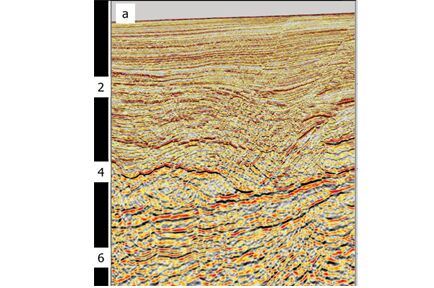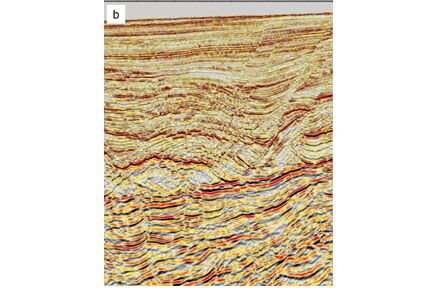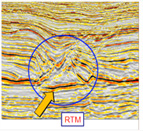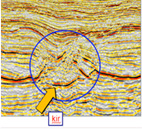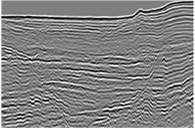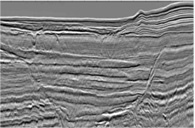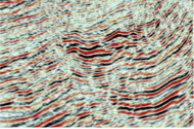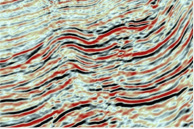HQI-Seis system
Equipment RD & Manufacturing Center is an industrialized entity with research、manufacturing and maintenance capability. The Center has a National Engineering Laboratory for Offshore Oil Exploration and a batch of brilliant specialized engineers. Geo-COSL focuses on high-end geophysical exploration equipment development and automated manufacturing,established an international advanced offshore oil industrialization base which used for exploration equipment R&D, design, manufacturing and maintenance, provides high-quality services for global customers.
At present, the team has 77 employees. Among them, there are 2 doctors, 15 masters, 30 undergraduate, 19 junior colleges, and 11 under junior colleges, in which the master’s degree or above accounted for 61%. And, there are 36 people aged 30-39 years, accounting for 47%, while 19 people aged 40-49 years, accounting for 25%. Besides, in recent years, there are more than 50 patents awarded, 30 software copyright registered, 40 papers published, 20 enterprise standards formulated. With the support of “National Engineering Laboratory for Offshore Oil Exploration”, the centre possessed design and technology integration capabilities for marine seismic acquisition equipment, which built the system development and testing lab、electronic design lab and mechanical automation design lab to make it be more powerful in technology development.
In recent years, we have launched HQI-Seis I and II high-precision towing seismic acquisition system, HQI-Navi integrated navigation system,HQI-POCO streamer positioning and control system. The series of equipment products are widely used in 2D and 3D marine seismic exploration and engineering investigation programs, with the characteristics of high stability and no depth limit. The seismic data has the characteristics of high resolution and wide bandwidth. The series products have been unanimously praised and trusted by users.
 Product list view
Product list view
